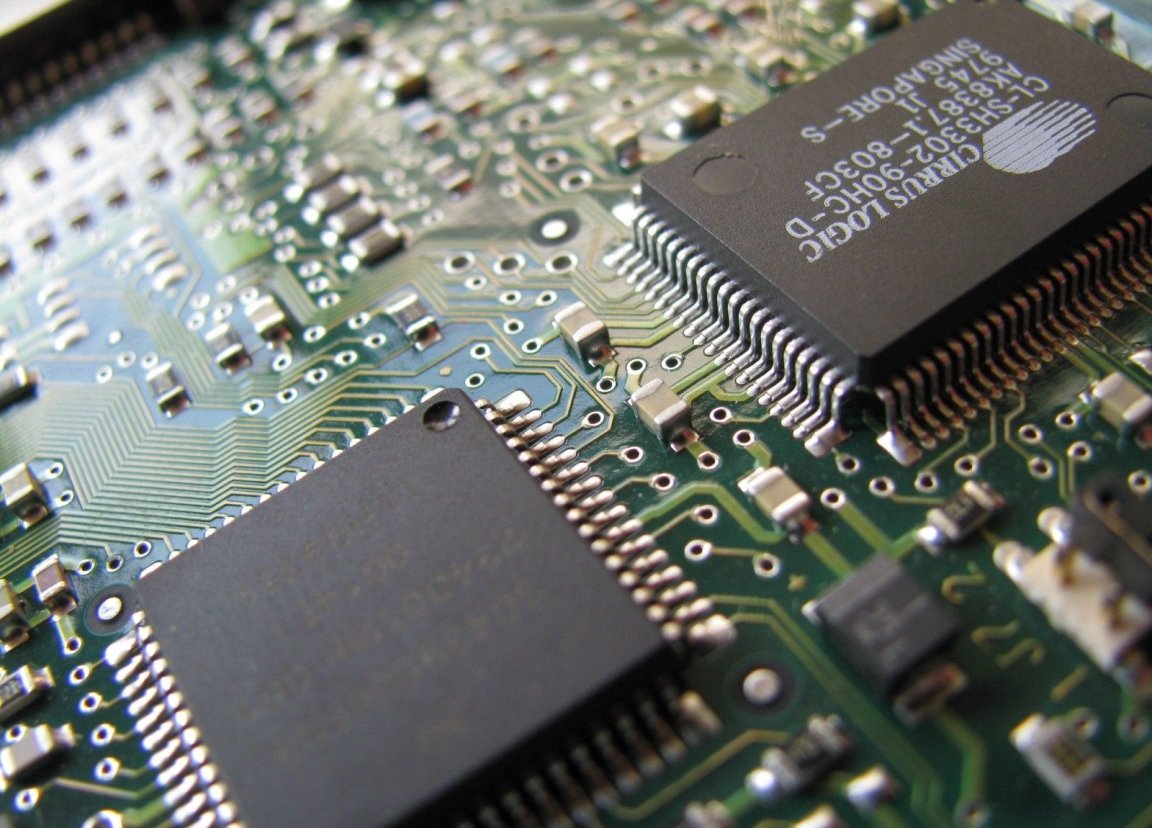
Hafnium Diselenide And Zirconium Diselenide
Silicon may no longer be the go-to material used in electronics, if two recently discovered materials are implemented. Electrical engineers at Stanford recently observed that two semiconductors — hafnium diselenide and zirconium diselenide, two forms of the same inorganic compound — share similar qualities with silicon, but outperformed the material in other aspects.
A study published in the journal Science Advances explains the finding. Co-authored by Eric Pop, an associate professor of electrical engineering, with post-doctoral scholar Michal Mleczko, the report places the biggest emphasis on how all three materials cause rust.
It’s the same kind of rust that’s usually deemed harmful to metals and other materials, but within the context of electronics and circuitry, it’s actually a good thing: when silicon is exposed to oxygen, it rusts and becomes an insulator for circuitry, protecting it from harm. Other materials can be used to achieve the same effect, but they require additional work and layers of insulation, making silicon the preferred material to use.
Hafnium diselenide and zirconium diselenide both rust in a similar way to silicon, but their benefits go beyond this. They’re able to form what are known as “high-k” insulators, which ultimately require less power than silicon and silicon oxide insulators.
The Stanford engineers also discovered the diselenides can be shrunk down to about three atoms thick; silicon cannot do the same and still be usable.

“Engineers have been unable to make silicon transistors thinner than about five nanometers, before the material properties begin to change in undesirable ways,” said Pop.
So Long Silicon?
There’s also how the new semiconductor materials deal with the band gap, the range of energy needed to turn a transistor on. If the range of energy for a material is too low, it could cause the circuits to leak; too high, and the circuit then has too much energy to work with, becoming inefficient. The diselenides meet this requirement perfectly. Taking all of their benefits into account, they can be used to make transistors nearly 10 times smaller than what’s used today.
This almost perfectly supports Moore’s Law, which states that transistors will continue to become smaller, more powerful, and more cost-effective at a consistent pace.
While hafnium diselenide and zirconium diselenide do everything silicon can and more, Pop states that it’s unlikely silicon will be replaced completely; there’s more to study before future electronics see any changes.
To start, there’s how the diselenide circuits will interact with transistors; “These connections have always proved a challenge for any new semiconductor, and the difficulty becomes greater as we shrink circuits to the atomic scale,” Mleczko said. The oxidization of the materials also needs to be improved to ensure the circuits and insulators are long-lasting and maintain their thin size.
As exciting as the finding may be, it’ll be quite some time before they’re used in complex circuits and complete, working systems. Until then, people can looking forward to owning devices with longer battery lives, which is one of the more immediate benefits that could come, if the new semiconductors are utilized.
“There’s more research to do, but a new path to thinner, smaller circuits – and more energy-efficient electronics – is within reach,” Pop said.